The island of Bali has long been a magnet for those seeking inner growth and harmony.
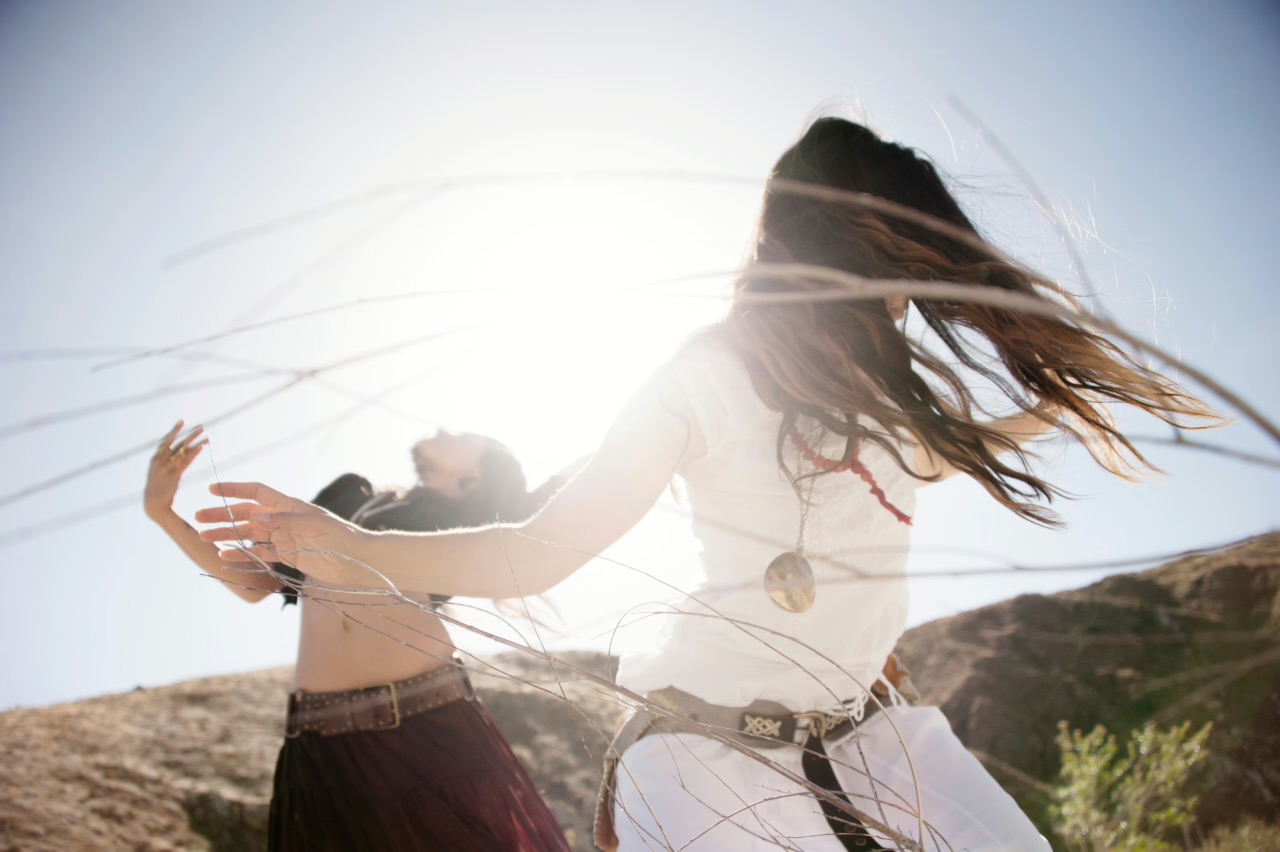
People from all over the world come here for mindfulness practices – yoga and sound healing are especially popular. The island's unique climate, the abundance of fresh fruits and vegetables year-round, and the proximity to nature and the ocean create ideal conditions for deep introspection. These practices help not only to strengthen the body but also to find peace of mind, clarity, and joy in life.
Equally valuable can be the experience of ecstatic dance, discussed below.
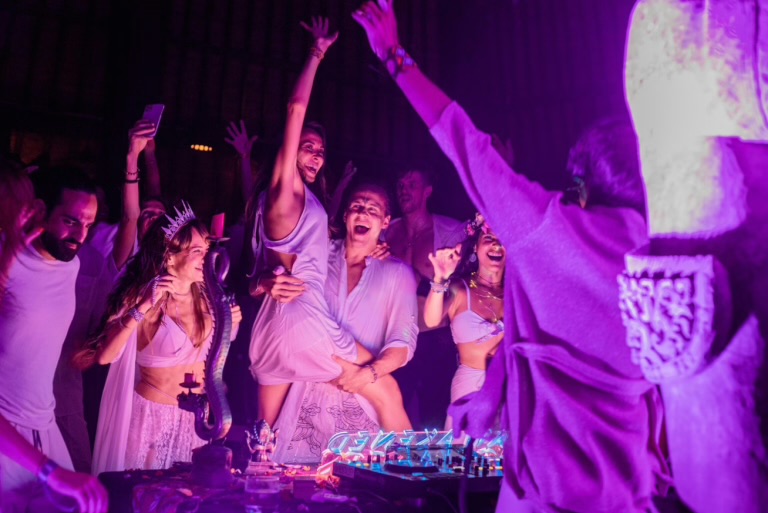

What is Ecstatic Dance?
Ecstatic Dance is a form of free dance that focuses on self-expression, spontaneity, and the inner experience of movement, rather than technique or outward beauty. Many say that ecstatic dance is a tool, a psychotherapy method, and a way to relieve stress and anxiety.
It combines music, body, and consciousness. Dancers move as they feel, flowing, allowing themselves to be authentic, without judgment, stimulants, or verbal communication. Here, you can't do anything wrong. You can lie, run, move around the room, jump, express yourself through sounds, or make spontaneous, chaotic, incomprehensible, and strange movements. The only language for communication on the dance floor is the language of the body.
There are no rules here, but there are key parameters:
- The events are held without drugs, alcohol, and talking.
All focus should be on listening to your feelings, subtly perceiving your state, as ecstatic dance is about being present in the body, letting go of the controlling mind, and returning to a natural state of joy and freedom.
- During the dance, no photos or videos are taken.
People experience surprisingly different states during the dance, which can be described as ecstatic, more subtle, sensual, or vulnerable.
Some express emotions on the dancefloor that are not accepted in society: anger, irritation, tears, sexuality, joy, pleasure, love, gratitude. Without photos or videos, people are not afraid, not distracted from the action, and fully enjoy the process.
- Ecstatic dance is done barefoot, without shoes, to better feel the body and 'ground' oneself.
This allows the body to feel freer, with more sensations available. We become natural beings, as we all are beyond society.
- A musical journey with increasing and decreasing dynamics, led by a DJ.
A DJ is not just someone who plays tracks, but a co-participant in the dance journey. They feel the pulse of the hall, tune into the overall state, and help the group experience emotions through the music – from joy to tension.
Some DJs play more 'earthy,' rhythmic, raw music with tribal motifs and strong energy, while others play refined, airy melodies. There are DJs who include a lot of different types of music in their sets, turning each set into a creative experiment.
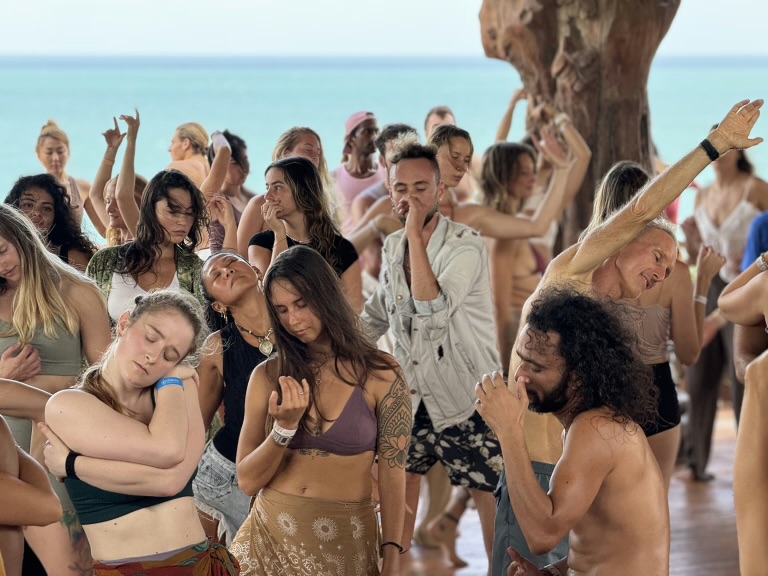
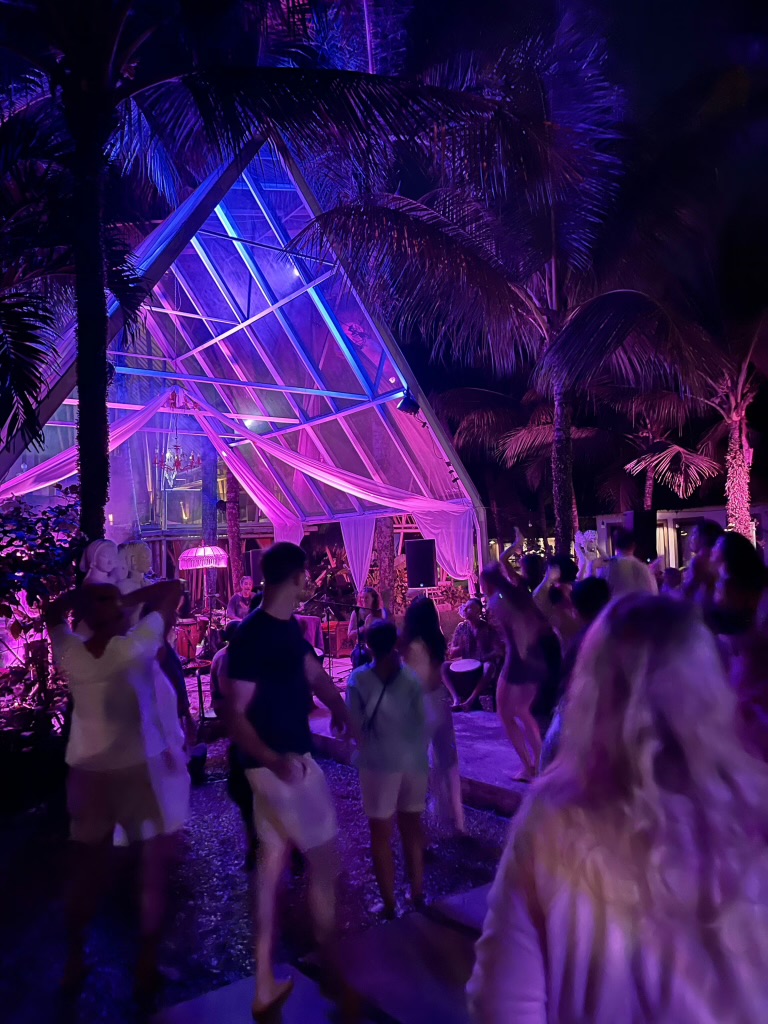
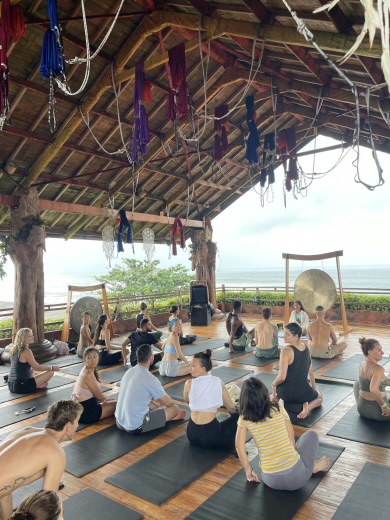
DJ sets often include ceremonial music from South America, African tribal sounds, and in the middle, the DJ might play styles like psytrance or dubstep techno to increase the music's tempo.
This dance format includes elements of mindfulness, body therapy, shamanism, and even moving meditation. Everything happens in a space of live dialogue between music and the body.
Opening and closing circles are also often an important part, where participants gather to set the intention for the dance and give thanks to the space at the end. In some places, at the beginning of an ecstatic dance, the group may be accompanied by a facilitator who leads several practices aimed at 'opening the heart' and liberating the participants.
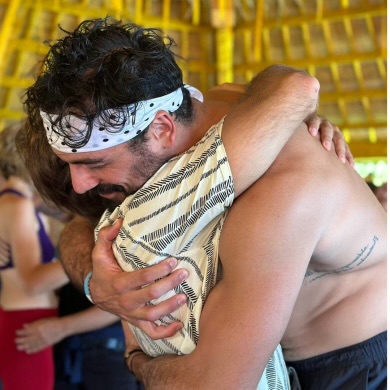
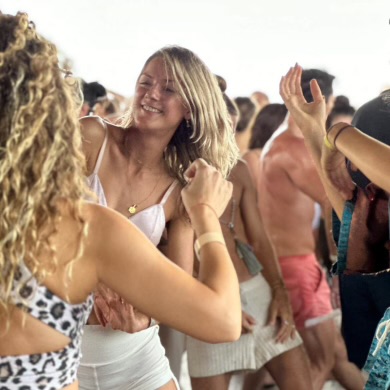
History of Ecstatic Dance
Ecstatic Dance in its modern form appeared in the early 2000s in the USA, in Hawaii. Max Fathom, a DJ and producer, is considered the founder of the movement. He organized the first regular event called Ecstatic Dance Big Island in Pāhoa.
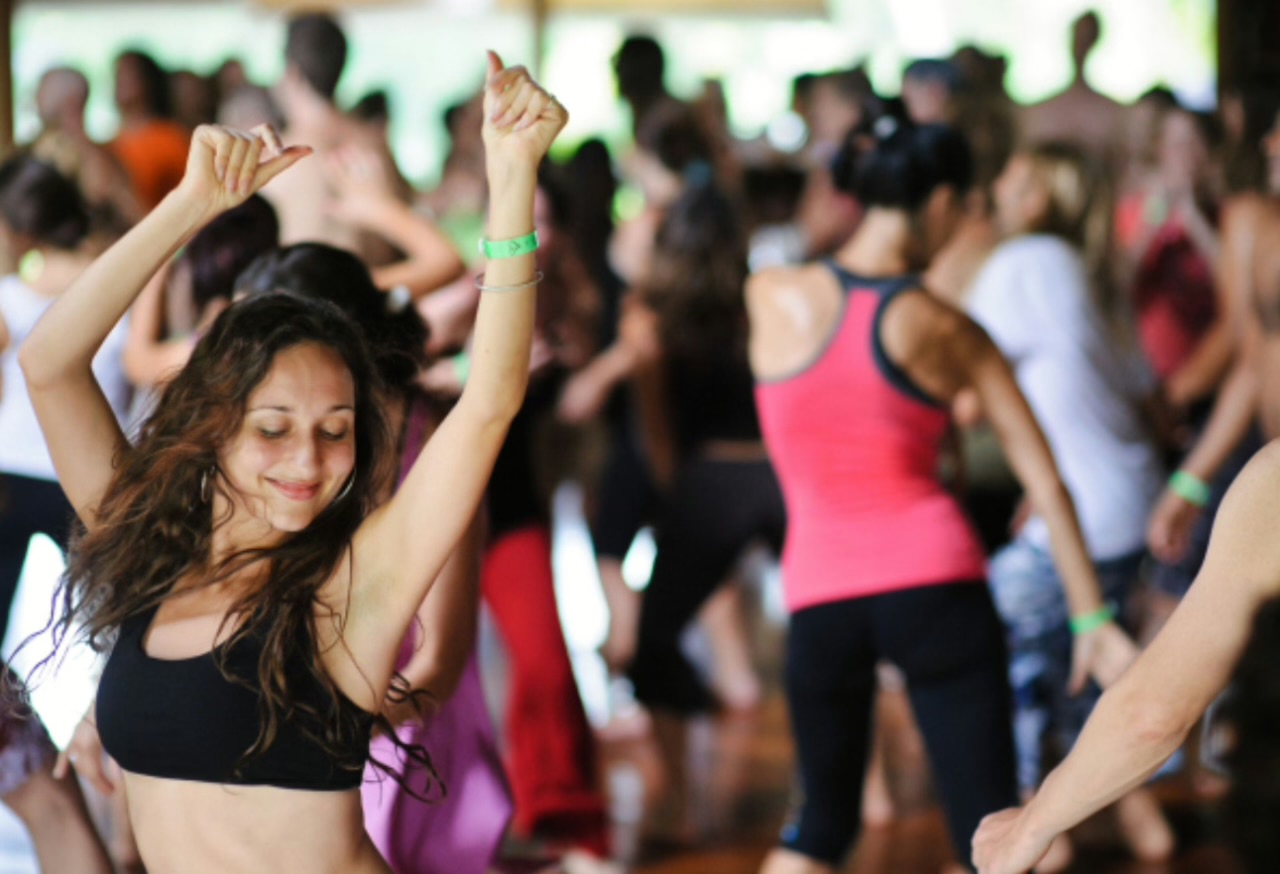
His idea was to create a safe space for self-expression through dance, where participants could move intuitively and freely, without societal pressure.
The movement then spread to California, particularly to Oakland (Ecstatic Dance Oakland), from where it began its international expansion. Today, ecstatic dance is practiced all over the world, from Berlin and Barcelona to Cape Town, Tokyo, Thailand, and, of course, Bali.
Ecstatic Dance in Bali
The islands of Bali and Pangan have become some of the main global points for ecstatic dance. It's not just a practice but part of the spiritual culture for expats and tourists. The 'spiritual' community of Ubud attends ecstatic dance every week.
Every year, people from all over the world come here to immerse themselves in the atmosphere of freedom and mindfulness, for example, at the widely known “Bali Spirit Festival” in the cult space for yoga, meditation, and body practices - The Yoga Barn.
It was here, around 2010, that the first and one of the most famous Ecstatic Dance events in Bali took place. Since then, ecstatic dance has become a regular event. This ecstatic dance became so popular that sometimes tickets were sold out within hours, and entry was only possible by prior online booking.
If ecstatic dance is a solo journey, contact improvisation is a form of free dance in pairs or groups.
The most famous DJs in Bali include Dj Dion, Dj Manish, Karunika, Dj Toltech, Dj Ritual Frequencies, and Dj Ma.
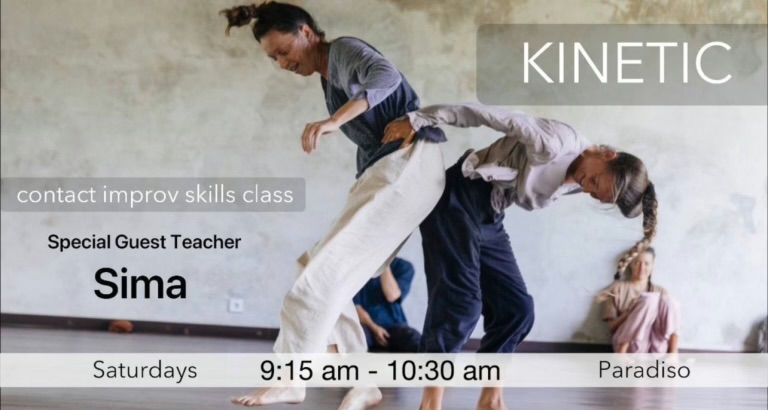
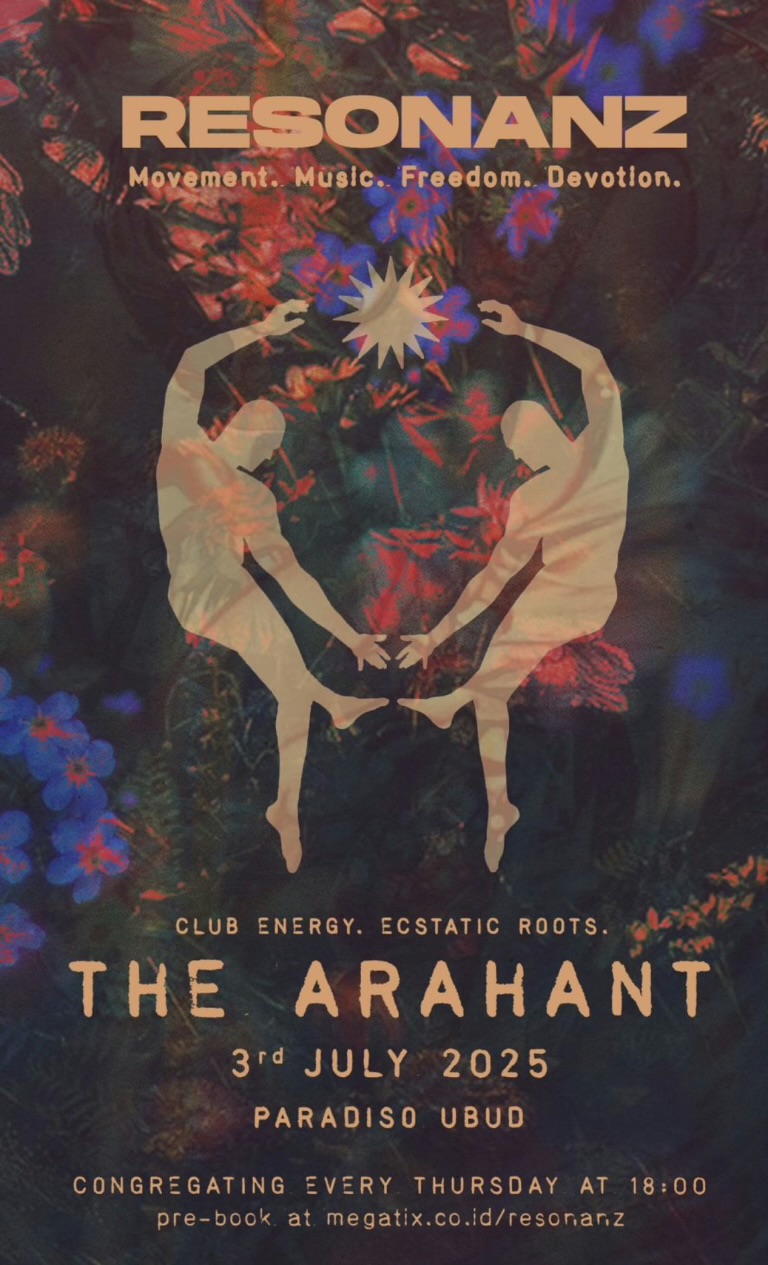
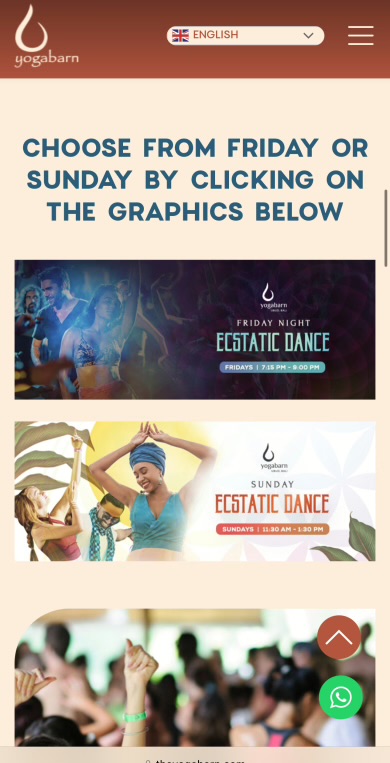
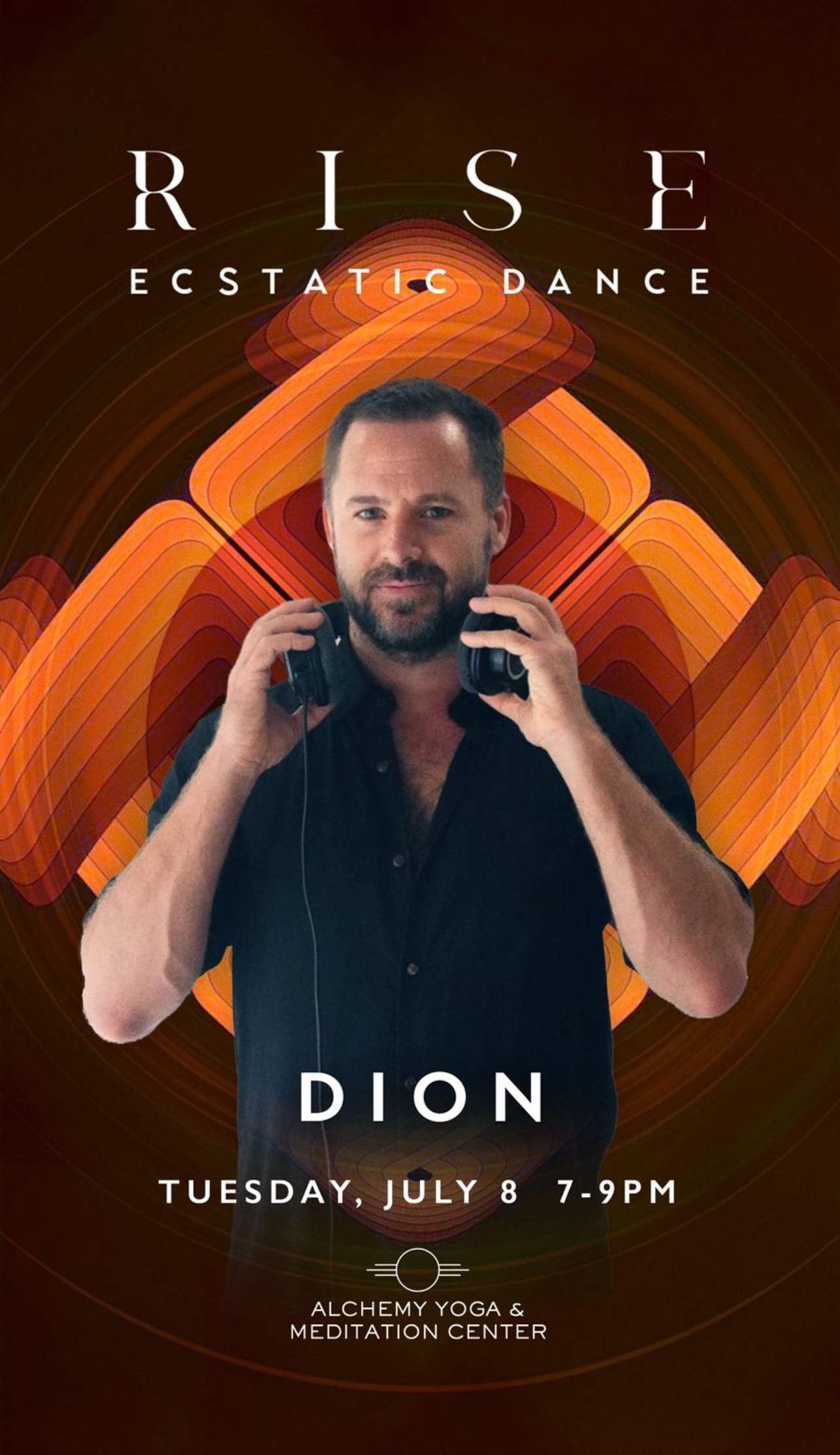
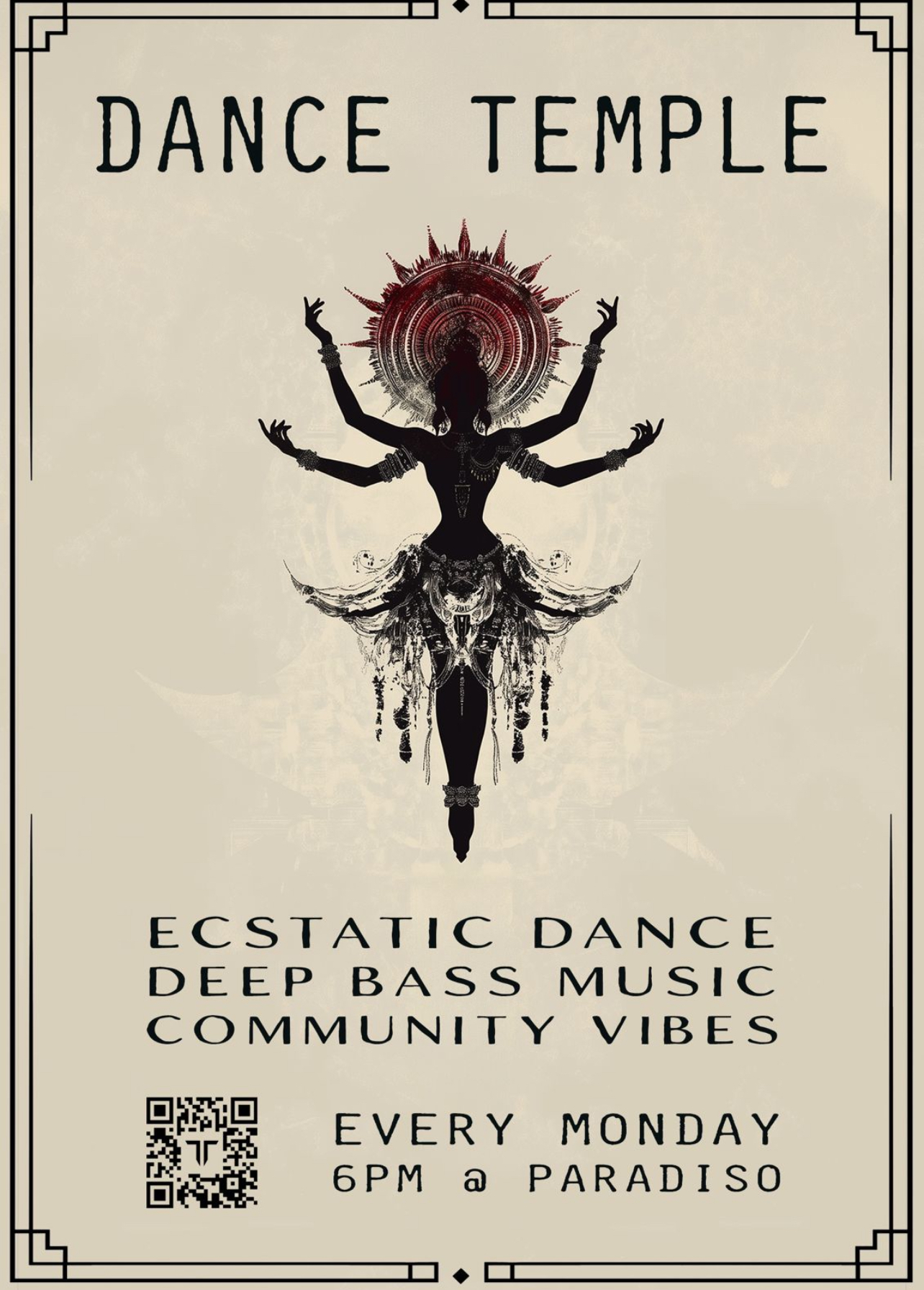
Contact Improvisation
This dance form is based on physical contact and movement improvisation. Partners (or even groups of people) dance, exploring gravity, weight, balance, and intuitive interaction. The focus in contact improvisation is not on choreography, but on the spontaneous response of bodies to each other's movement, the interaction with each other's energy. The practice requires deep presence, attention to the partner, and trust in both oneself and the other person.
Contact improvisation can be soft and meditative or dynamic, with rolls, falls, and lifts. But it is always a dialogue without words, where bodies 'speak' through movement.
The practice is based on trust, attention, and tactile interaction. It helps not only to open up the body but also to experience a genuine connection with another person.
Where to Dance in Bali?
Currently, ecstatic dance in Bali is held at:
- The Yoga Barn (Ubud)
A legendary venue with world-class DJs. Regular ecstatic dance:
Fridays from 19:15 to 21:00.
Sundays from 11:30 to 13:30.
- Paradiso Ubud
A cinema/art space with regular ecstatic dance events.
Mondays from 19:00 to 21:00 (dj Toltech).
Thursdays from 18:30 to 21:00 (ecstatic dance and contact improvisation).
Saturdays from 10:00 to 13:00 (ecstatic dance and contact improvisation).
- Alchemy Yoga Center
Location on Google maps Ubud.
Location on Google maps Uluwatu.
A popular yoga center with brand new atmospheric yoga shalas (note that the hall floor is stone).
Tuesdays from 19:00 to 21:00.
Saturdays from 19:00 to 21:00.
- Moksa Ubud
Contact improvisation and jam:
Mondays from 18:00 to 20:00.
Wednesdays from 18:00 to 20:00.
Fridays from 18:00 to 20:00.
There are also morning classes; it's best to check timing and facilitators at the studio.
- The Istana
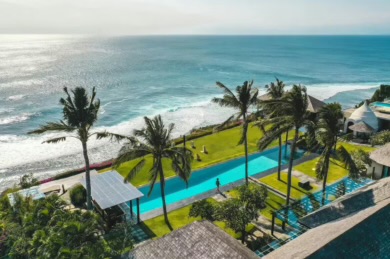
The Istana is a luxurious retreat center perched on a cliff in Uluwatu.
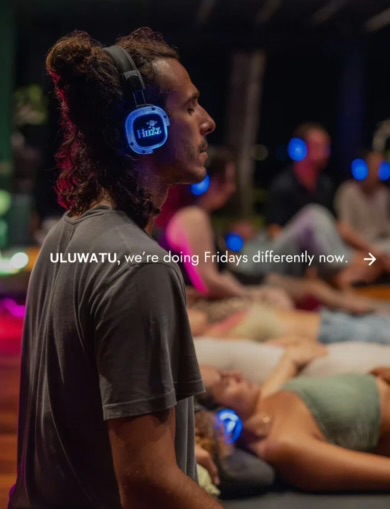
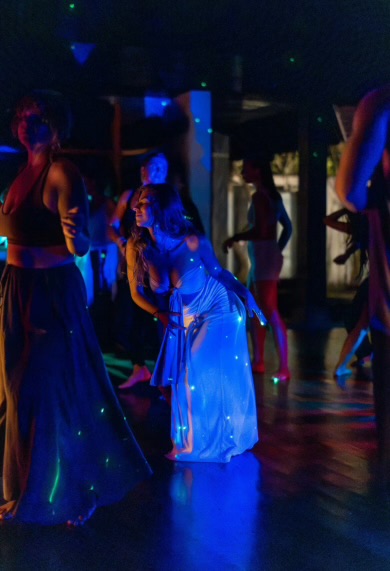
Here you will find:
- Yoga and meditation hall with ocean views.
- Bio-hacking complex: sauna.
- Areas for breathwork, yoga, cacao ceremonies, kirtan, and live concerts.
- A private restaurant with organic food, spa area, infinity pool, and panoramic Indian Ocean views.
Ecstatic Dance usually happens at special events, such as Supermoon Conscious Party - full moon parties with dance, breathwork, yoga, and kirtan.
- Udara Bali
An iconic yoga space in Canggu with ocean views.
Sundays from 9:00 to 14:00 is Sunday Udara Festival.
At 9:00, morning meditation begins, followed by a choice of breathwork or yoga, at 10:30 - 12:00 ecstatic dance takes place, followed by sound healing.
Ecstatic Dance in Bali is not just a dance but a form of deep inner work, connecting with oneself and others. It's a special space where the body becomes a temple, and music is the guide to freedom.
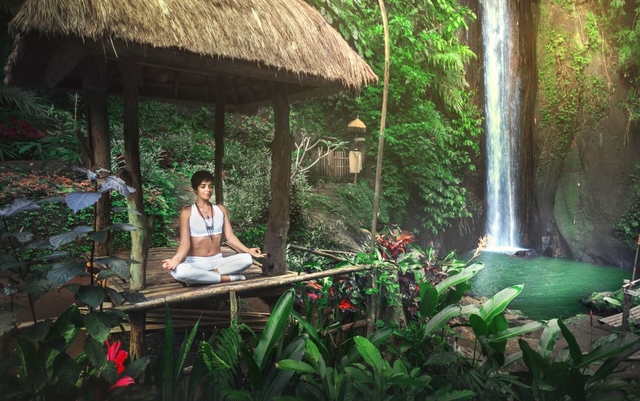
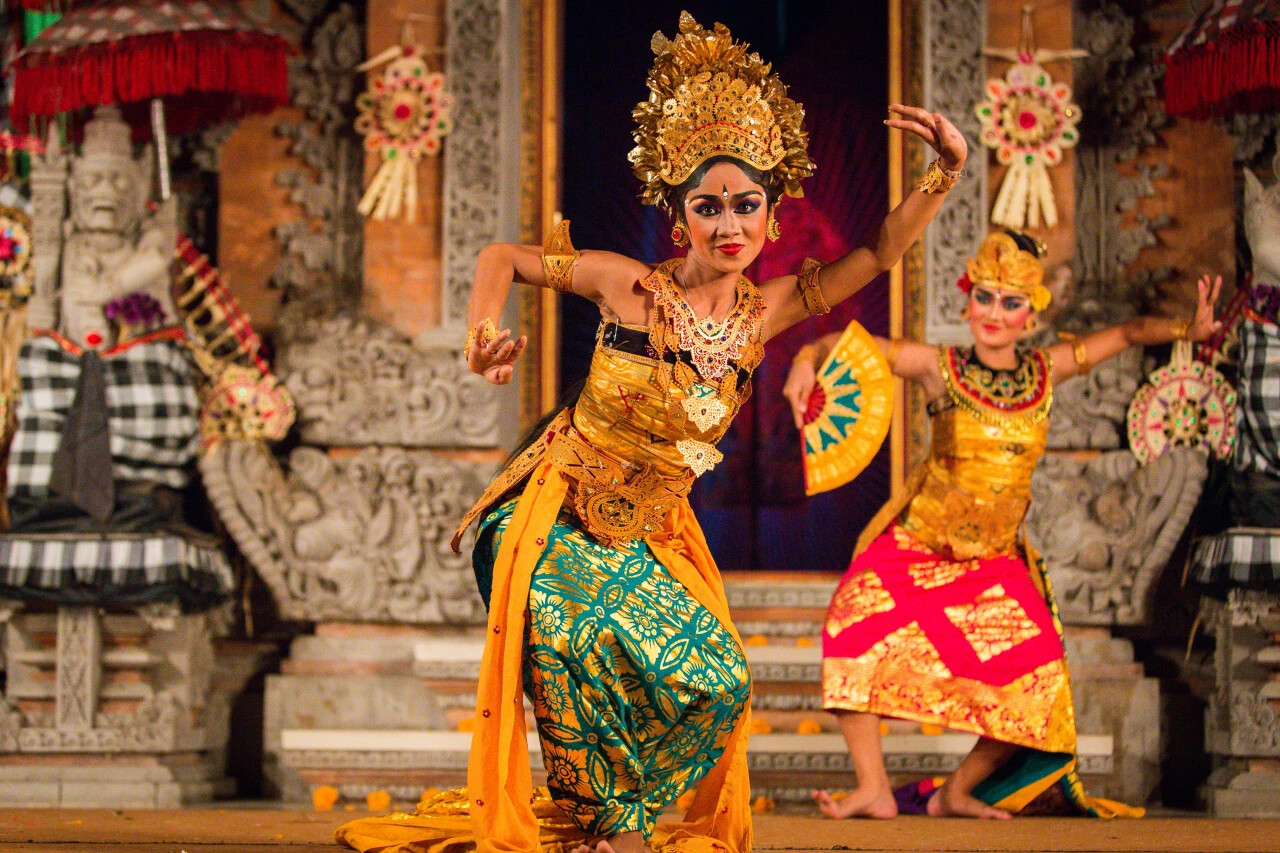
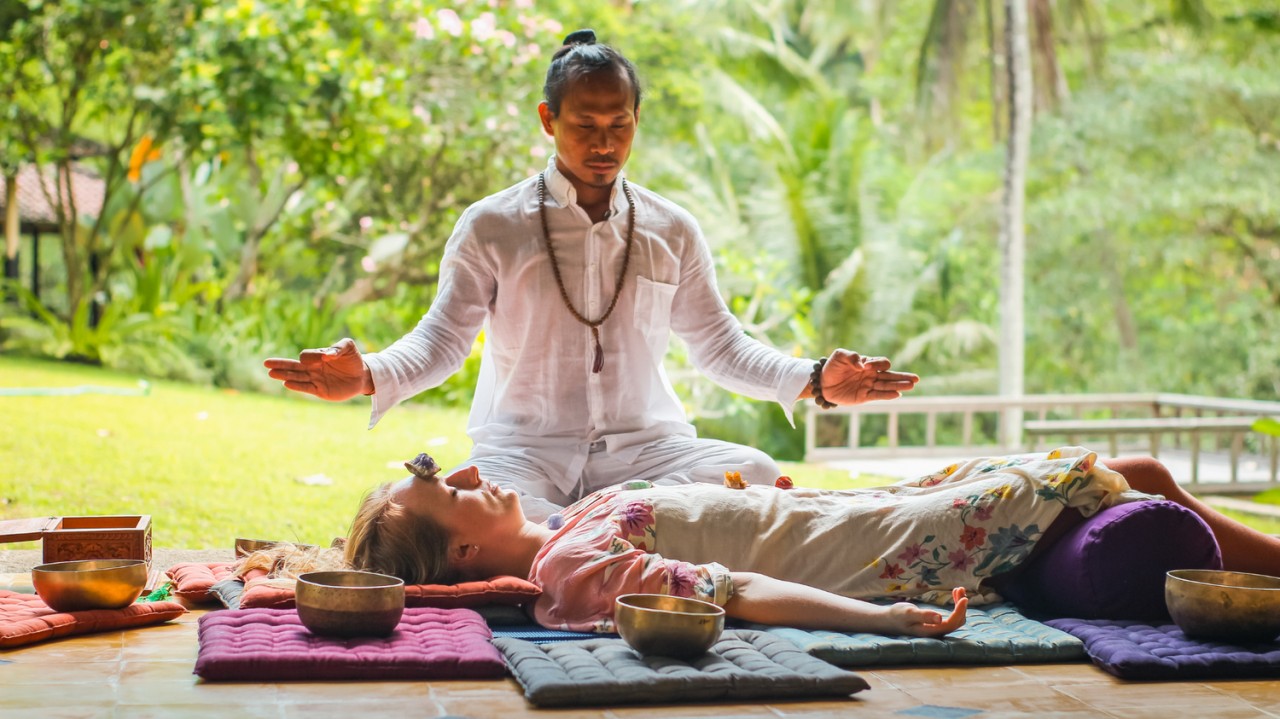

You can add one right now!